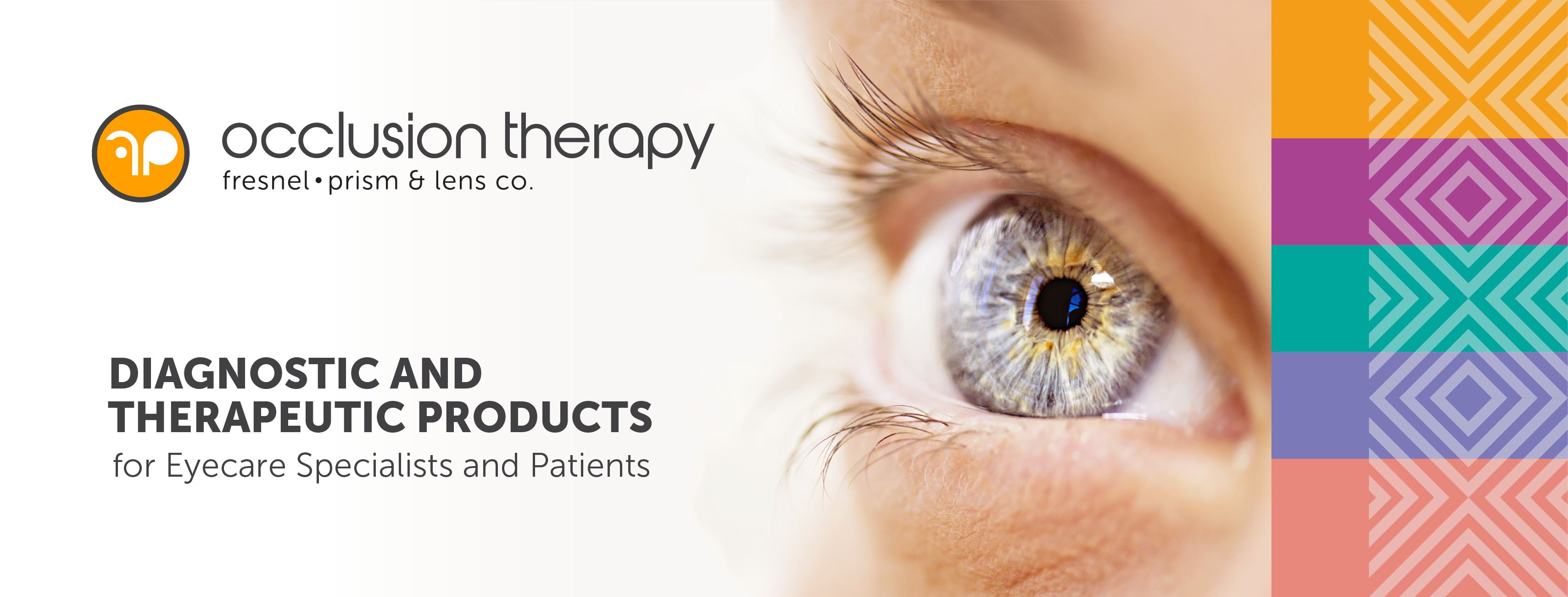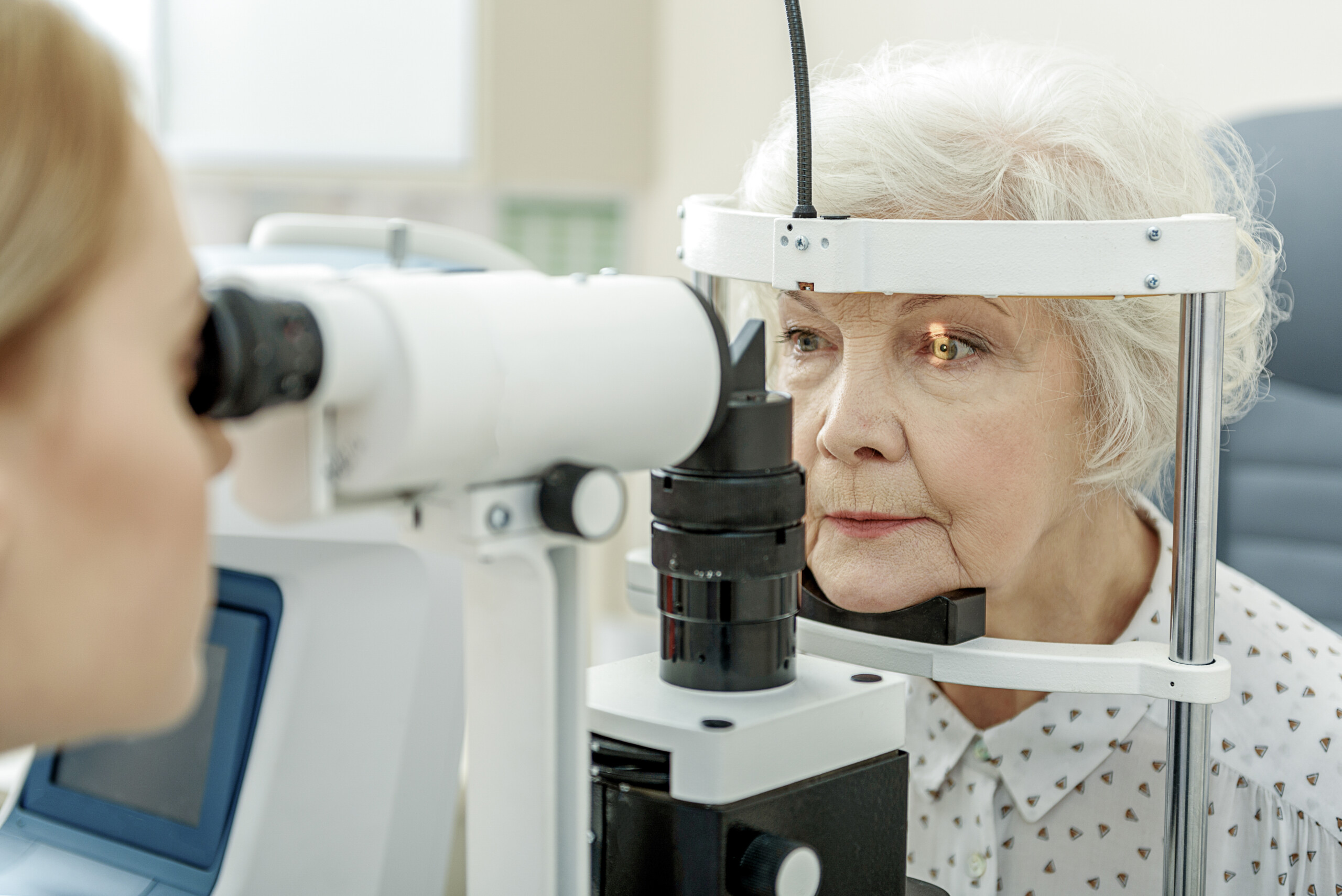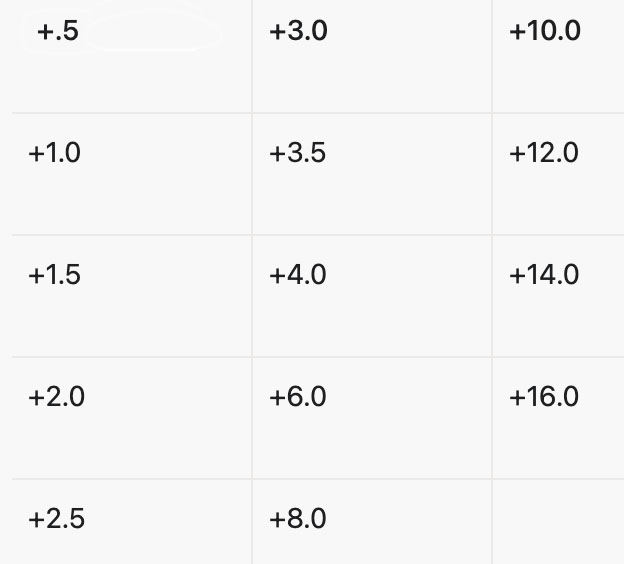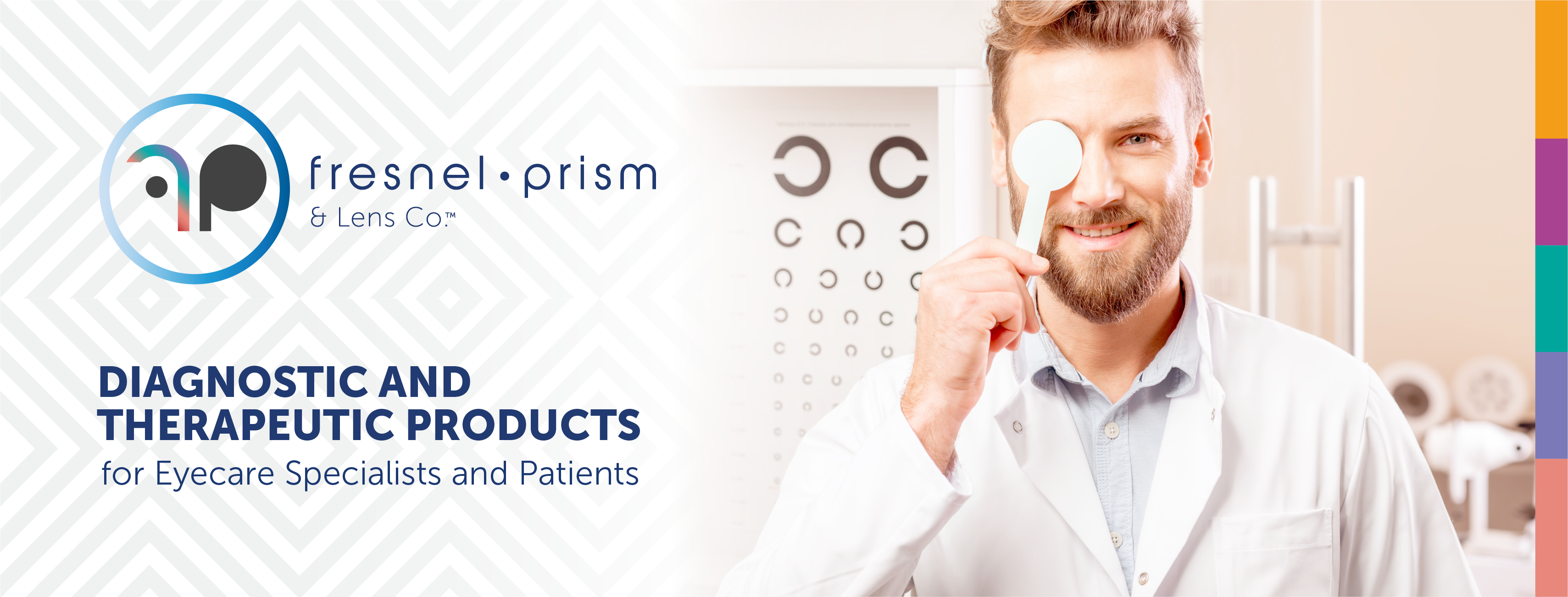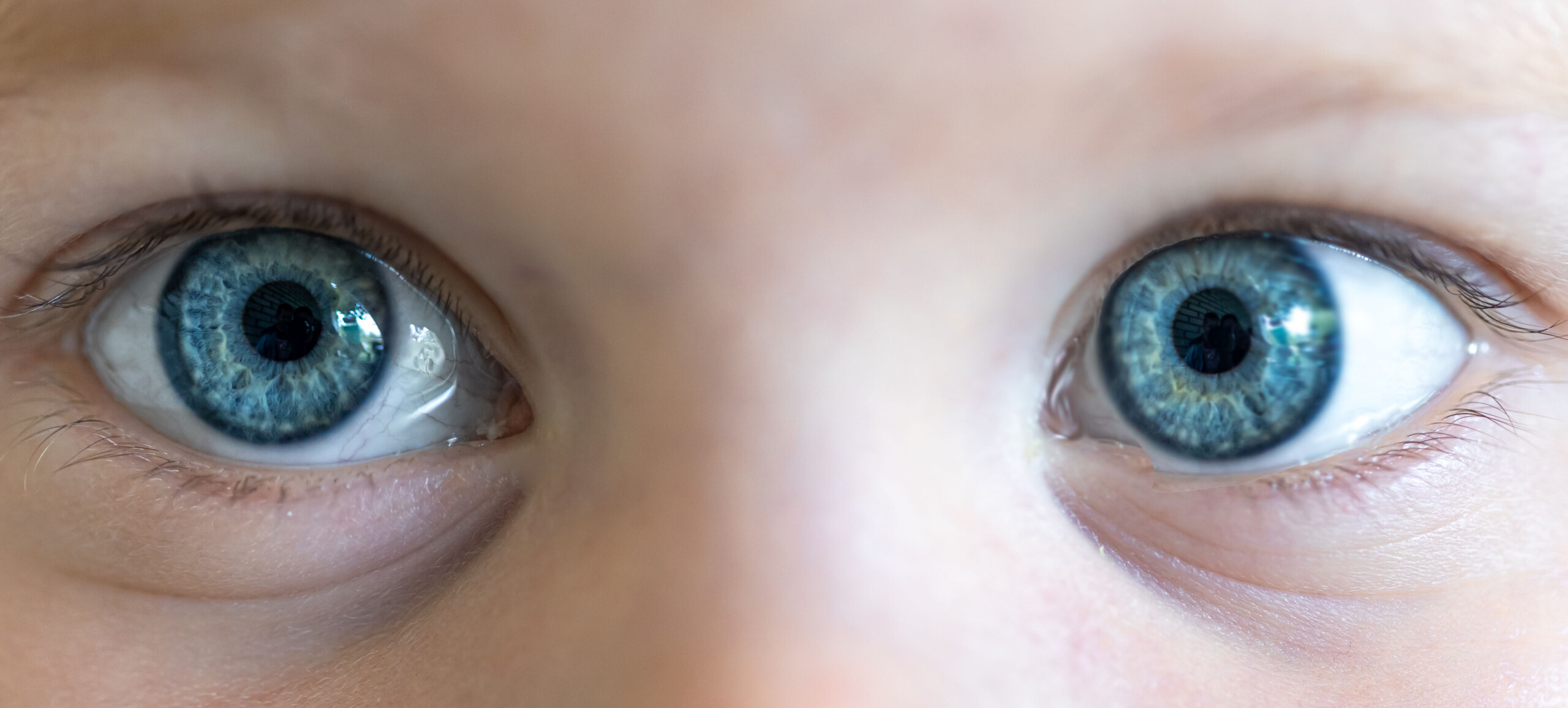
Before we start, I just want to share some cool information. The eye is an extension of the brain, and contains nerve tissue in the light sensitive layer, the retina. Compared to the brain, the retina of the eye offers the distinct advantage of being accessible to high resolution imaging using advanced light and optical technology. Pretty Cool.
Amblyopia (also called lazy eye) is a type of decreased vision that usually happens in just one eye, but less commonly in both eyes. It develops when there’s a breakdown in how the brain and the eye work together, and the brain can’t recognize the sight from one eye. This affects between 2% -4% of children.
With amblyopia, the brain gets a blurry picture from one or both eyes and so it does not learn to see well. Amblyopia can often be fixed in childhood, but if not treated, it can cause permanent vision loss. It is the main reason that kids lose vision. (AAPOS.org)
Amblyopia can be tricky for parents or caregivers to spot because children don’t usually complain about blurry vision. They will use the eye that sees better and won’t notice that anything is wrong. Also, the weaker eye may look normal. Many times, a problem will only be found during a vision test. Vision Screening, recommended by the American Academy of Pediatrics (AAP), helps to catch amblyopia early when it can still be treated.
There are three defined types of Amblyopia:
Refractive amblyopia – This is the most common type. It happens when a child needs glasses.
Strabismic amblyopia– This is caused by eye movement problems. One eye may turn in, out, up, or down. When this happens, the brain begins to ignore, or “turns off” the wandering eye and does not learn to see well.
Deprivational amblyopia – Rarely, problems like ptosis (a droopy eyelid), cataract (cloudy spot in the lens/focusing part of the eye) or cornea scar (cloudy spot in the clear front part of the eye) can stop a child from seeing. If not treated very early, these children never learn to see very well and can have very poor vision.
The treatment depends on the type of amblyopia that the child has.
Glasses help some children with amblyopia, especially those with refractive amblyopia and strabismus that gets better with glasses (such as accommodative esotropia).
For many children, glasses may not be enough to help the amblyopia. Some children need treatment with eye patching or eye drops in the stronger eye to make it weak and to force the brain to use the weaker eye more. Children with a droopy eyelid, cataract, scar or eye movement problem may need surgery to help the amblyopia.
https://medriva.com/health/a-new-dawn-in-amblyopia-treatment-harnessing-technology-to-see-the-world-anew
Finally! Eye Patches.
This is where we come in!
We are the makers of the MYI Occlusion Eye Patch and the CoverClude Occlusion Eye Patch.
An eye patch is used to cover or occlude the “good” eye to make the “bad” eye work and
force the brain to use the weaker eye more to make the vision better.
MYI Occlusion Eye Patches and the CoverClude Occlusion Eye Patch are adhesive patches that adhere to the skin around the eye to stop any “peeking. Cloth patches and pirate patches can be moved to allow the child to see around the patch – not good.
- Our patches are made in America – Minnesota to be exact – very good.
- Other patches are made in Europe or China. Please support small US business.
- We developed the black occlusion layer to eliminate light reaching the eye. Cool.
- Our adhesive is a medical grade adhesive, again American made. Wow!
You pick what designs you and your child want in your pack – this increases compliance when your child has an involvement in the decisions. – Power to the child.
3M Fresnel Optics – Fresnel Prism and Lens (fresnel-prism.com)
Lazy eye (amblyopia) – Symptoms & causes – Mayo Clinic
Youtube
